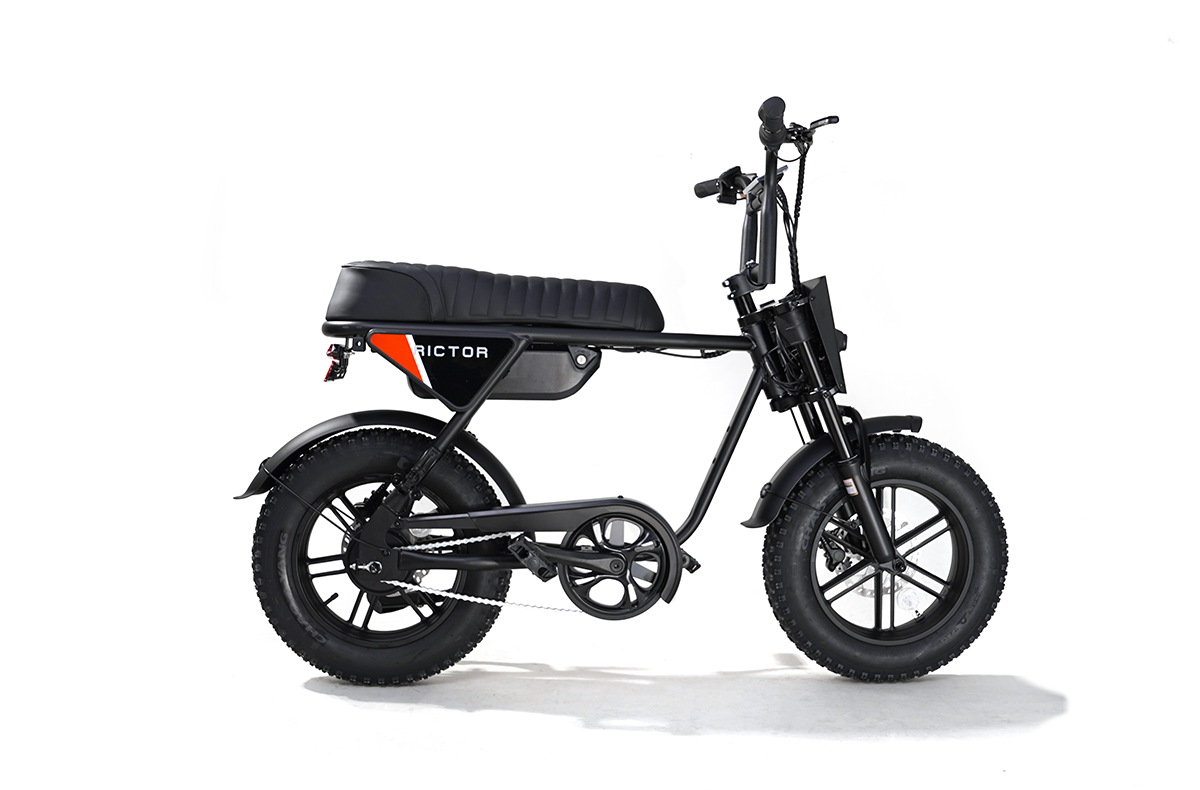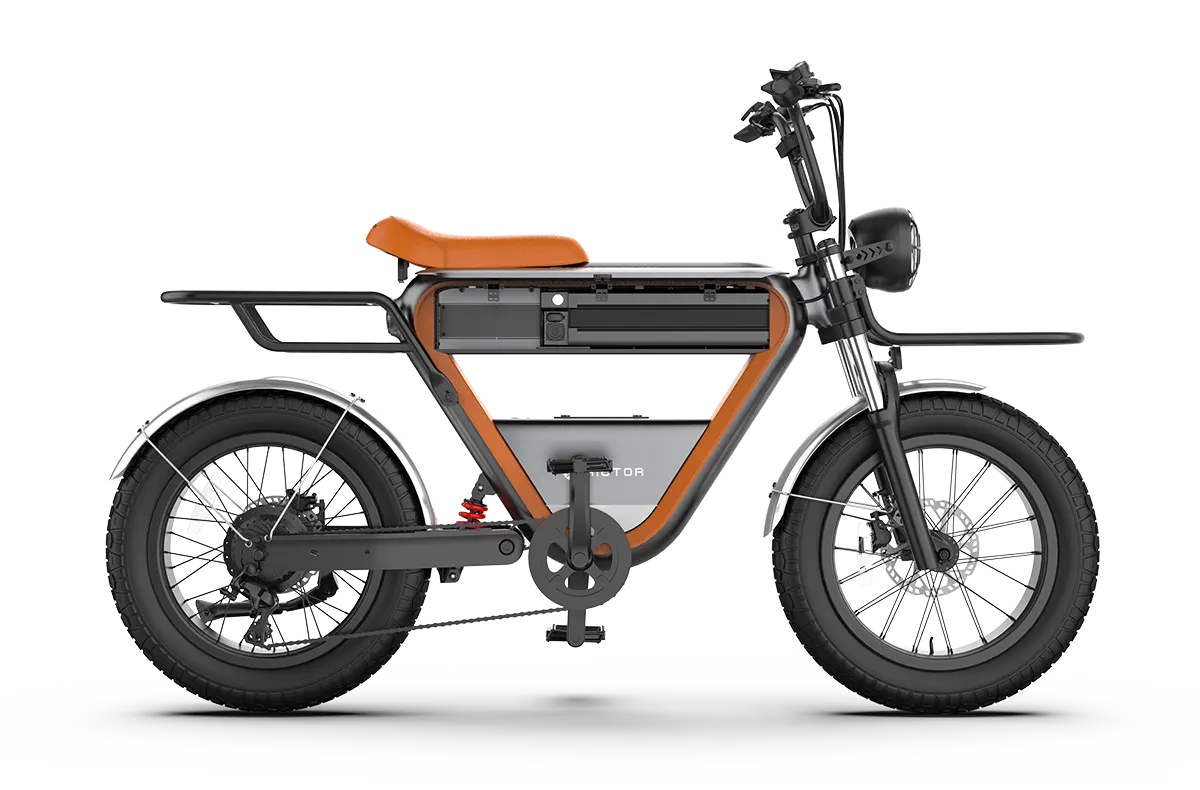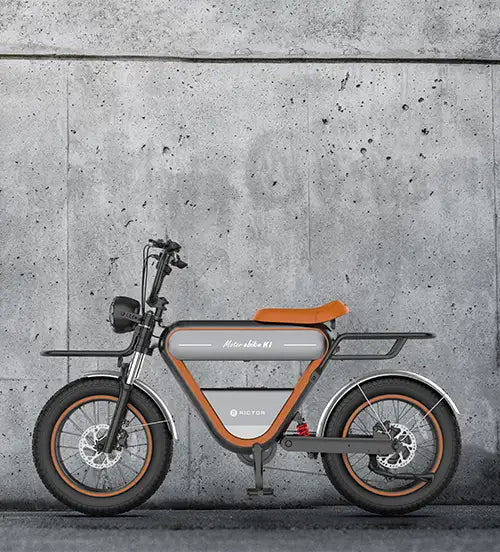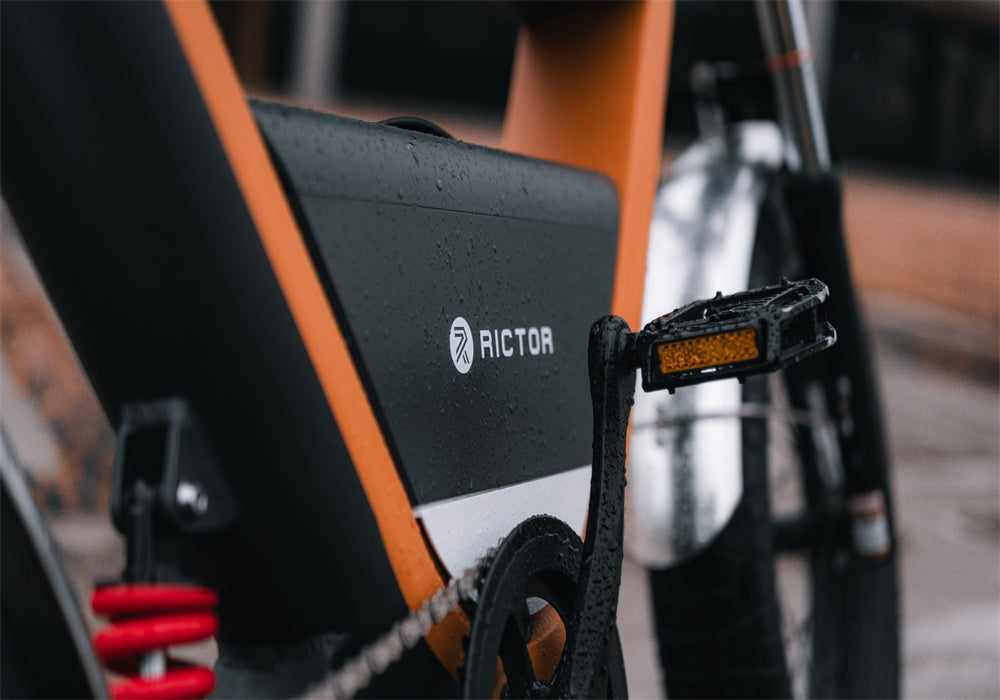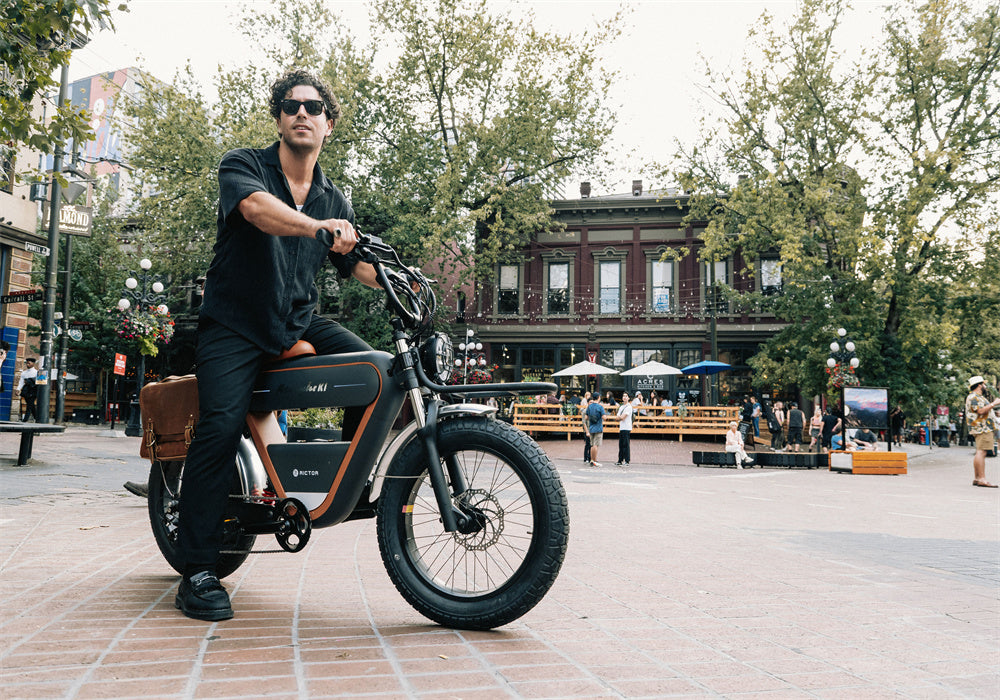Complete Checklist for DIY Electric Bike Parts
Building your own e-bike? You'll need: a sturdy bike frame, motor (hub or mid-drive), battery pack (36-52V), controller, display unit, throttle or pedal sensor, wiring harness, mounting hardware, and upgraded brakes. Quality components make a reliable DIY electric bike.
Impact of Trump's 104% Tariffs on Chinese Electric Bikes
Chinese e-bikes face price shock as Trump's 104% tariffs hit. $500 bikes could cost $1,000+, pushing consumers to used markets and alternative brands.
Can You Take a Dog on an Electric Bike? Complete Guide
You can take a dog on an electric bike using specialized carriers, trailers, or leash attachments. Small dogs fit in baskets, while larger dogs need trailers or can run alongside.
How Much Does It Matter What Bike You Use to Tow a Dog Trailer?
Your bike choice significantly impacts dog trailer towing. Mountain and hybrid bikes work best, with steel frames providing stability. Key features include disc brakes, lower gears, and sturdy wheels. E-bikes excel for hills.
Are Fat Tire eBikes Hard to Pedal? The Complete Guide
Fat tire eBikes crush it on snow, sand and bumpy trails, but they're heavier, tougher to pedal when the battery dies, and not as smooth on regular roads.
Choosing Between a Foldable Electric Bike and a Regular Electric Bike
Deciding between folding and regular e-bikes? Folding e-bikes excel in portability and storage, while regular models offer better comfort and range for longer rides. Choose based on your lifestyle.
How to Fix E-Bike Rubbing | Quick Solutions Guide
Troubleshoot e-bike rubbing with this guide covering brake disc alignment, wheel trueness, drivetrain adjustments, and motor-specific solutions for a quiet ride.
2025 Ebike Savings Unlocked: Complete US Tax Credit & Rebate
Discover 2025 US ebike rebates across multiple states including California, Colorado, Florida, New York, Connecticut, Hawaii, Illinois, Maine, Maryland, Massachusetts, Michigan, Minnesota, Oregon, Rhode Island, Vermont, Washington D.C., Texas, and Arizona. Programs vary by income level and ebike type.
Where to Buy Cheap Electric Bikes
Find affordable electric bikes by checking online deals, visiting local retailers, and considering used options. Timing your purchase around sales events can also save you money.
Where To Go E-Bike Riding in Los Angeles
Explore the best e-bike trails in Los Angeles, from coastal paths like The Strand to scenic routes in Griffith Park. Discover your next LA e-bike adventure now!
Minnesota's 2025 E-Bike Rebate Program: What You Need to Know
Minnesota's e-bike rebate program is switching to a lottery system in 2025, offering 50-75% rebates on electric bikes up to $1,500. Eligible residents must be 15+ years old and Minnesota residents. The $2 million program maintains 40% allocation for lower-income applicants.
Summary of Bicycle and E-bike Helmet Laws in the United States
Navigating U.S. e-bike helmet laws: No federal mandate exists, with regulations varying across states. E-bike riders face stricter rules than traditional cyclists, especially on Class 3 models. Always check local ordinances before riding.

